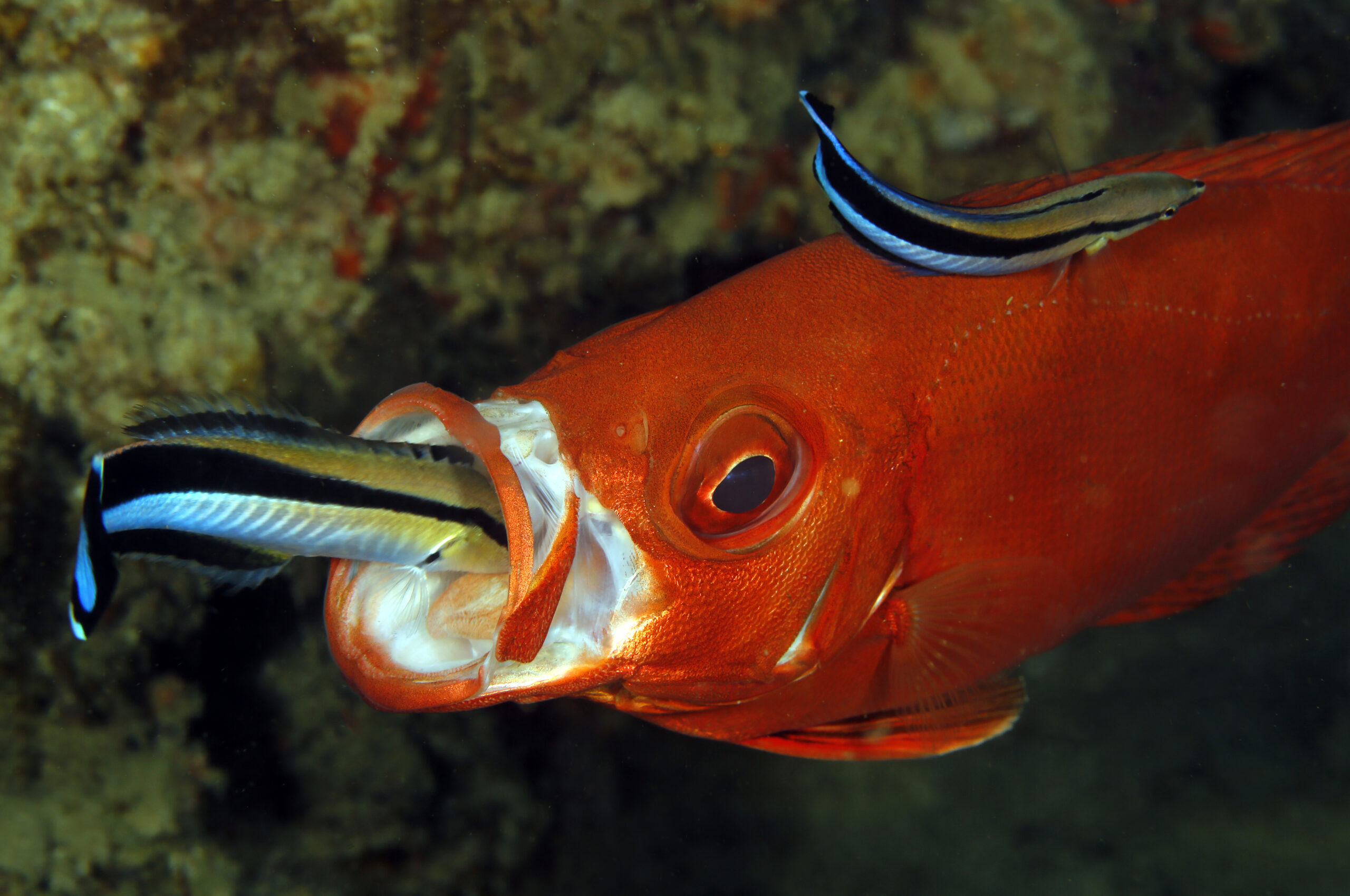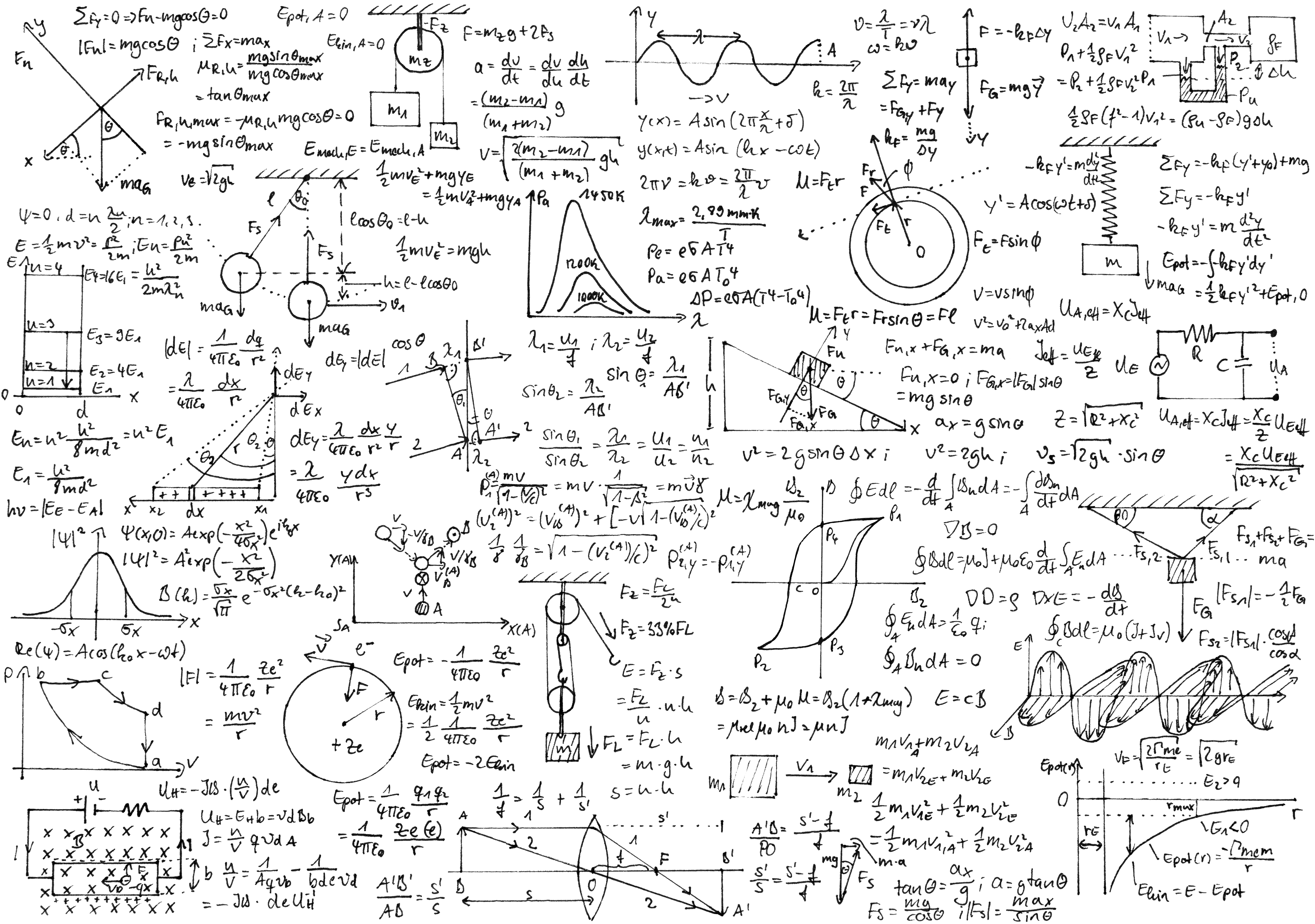Community ecology is the study of relationships and interactions between plants and animals living within the same ecological area or ‘community’.
Wild communities are rough. Whether it’s somewhere to live, something to eat or someone to hang out with, all organisms are competing for the same resources. And there’s only so many resources to go around.
So naturally, when times are tough and the resources are lacking, you just gotta eat thy neighbour.
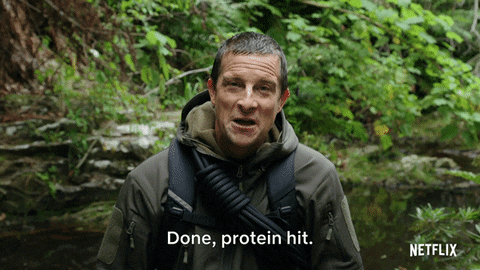
There for one another
When two or more different species deliberately hang out together in a community, it’s called symbiosis. To know what kind of symbiosis they have, we need to think about who gets the most out of the relationship.
Are they in an all-out war (predation and parasitism)? Or do they take more of a “can’t we all just get along” approach (mutualism and commensalism)?
Mutualism
Every neighbourhood has at least one co-dependent duo. In the wilderness, this is called ‘mutualistic symbiosis’ where both species benefit from hanging out with each other.
If we look closely, we are surrounded by these duos. For example, you might think termites just mind their own business all day, munching on wood. But – surprise! – termites can’t actually digest wood. Instead, they have a mutualistic relationship with protozoa (single-celled critters) living in their gut. The protozoa chow down on the wood the termite’s eaten, then release by-products the termite can digest. And voila, everybody’s a winner!
Also, you can have mutualism sans poop eating. Just take a look at the relationship between clownfish and anemones.
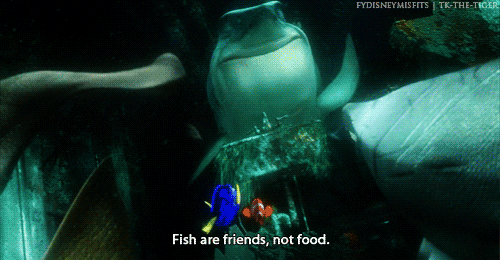
Parasitism
Some interactions in the neighbourhood are far more one-sided. We’re looking at you parasites.
Parasites mooch off other species, taking whatever they want, with no care for who they hurt or even kill.
Take horsehair worms. They live their adult lives inside grasshoppers, slowly devouring their organs. Not glamorous, but safe and with a constant supply of food.
If that’s not gross enough, when the worm is big enough and full of delicious grasshopper innards, the brainwashing begins.
The horsehair worm needs to get to water so it can breed. So it brainwashes the grasshopper into a zombie with an inescapable urge to take a high dive into a body of water. The worm then bursts forth from the grasshopper to swim off and make more little brainwashing babies.
Commensalism
Every neighbourhood has that person no one really likes, but no one hates either. They’re always there, but no one cares.
When one species benefits but the other isn’t affected, it’s called commensalism. Think of those beautiful cockatoos nesting in the hollows of big trees. They need those hollows as a safe place to nest and raise their babies. The tree doesn’t get anything out of it, but it isn’t hurt either. Commensalism.
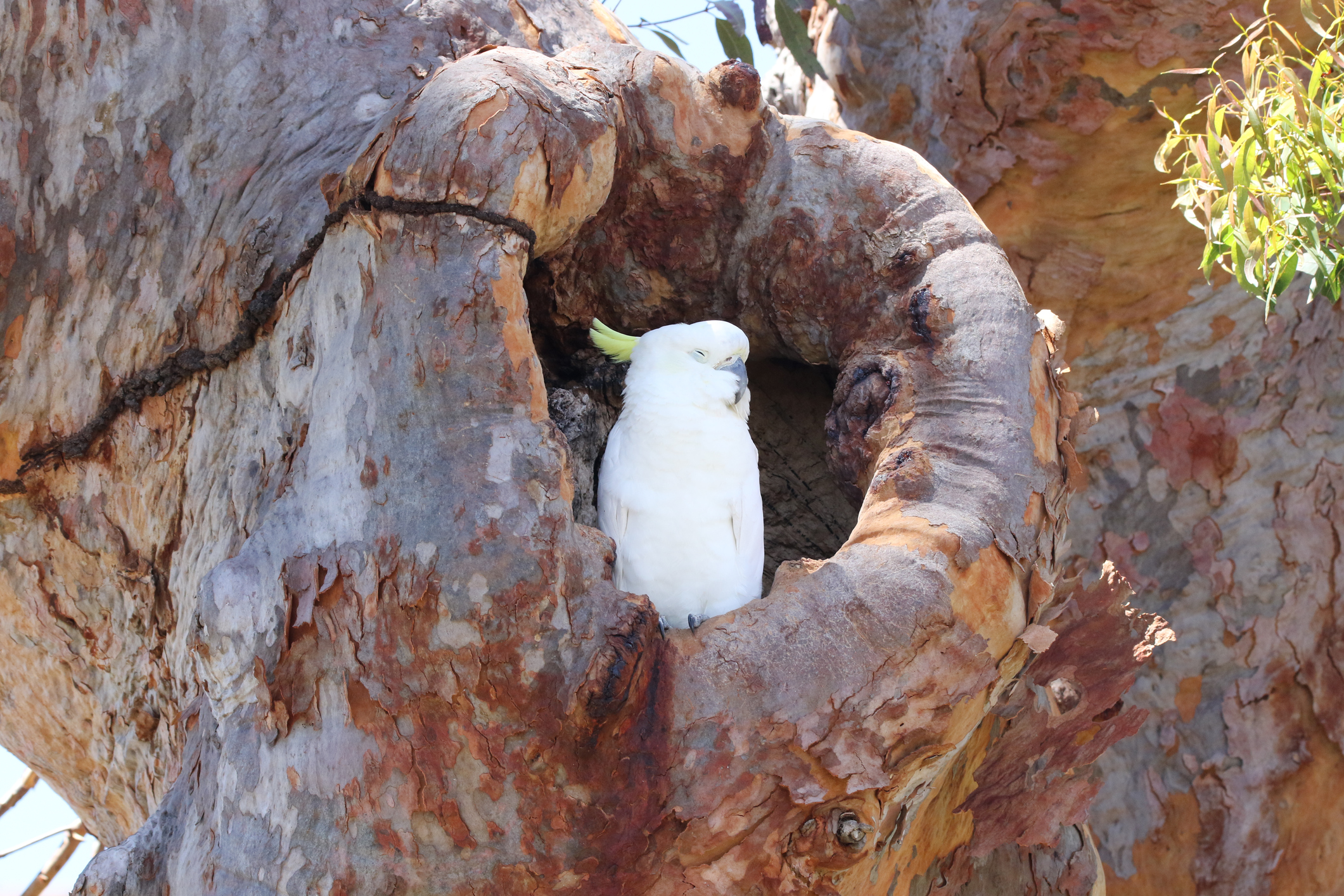
Predation
This is where things get ugly.
Predator-prey interactions always have a winner and a very clear loser. Being a good predator is important if you want to eat, but for prey, these interactions are especially high stakes. Nothing ruins your chances of survival like being dead! Because of this, predator-prey relationships often result in an evolutionary arms race. A predator gets better at killing, so the prey gets better at not being killed, and so on.
Hawkmoths are a great example of this type of symbiosis. Their predators, bats, use sonar to see the moths in the dark. So hawkmoths developed a special ‘dance’ where they jiggle their *ahem* genitals to produce a noise that jams the sonar’s signal. This makes the moths invisible to the bats so they can escape more easily.
To sum up community ecology – relationships are hard. Especially if your life depends on it. Species can help each other go further in life or destroy each other in the process.
The moral of the story? Choose your community wisely. Share resources where possible and try to adapt to outsmart your predators.




